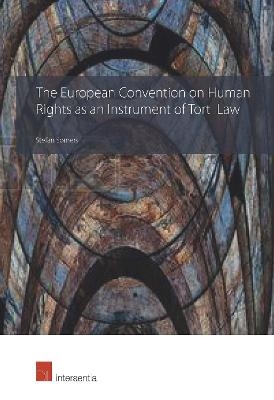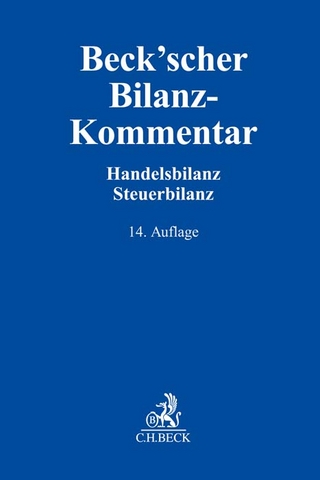
The European Convention on Human Rights as an Instrument of Tort Law
Seiten
2018
Intersentia Ltd (Verlag)
978-1-78068-683-7 (ISBN)
Intersentia Ltd (Verlag)
978-1-78068-683-7 (ISBN)
This book provides a detailed examination of the European Court of Human Rights' practice to award compensation under Article 41 of the European Convention on Human Rights and its consequences.
Tort law and human rights belong to different areas of law, namely private and public law. Nevertheless, the European Convention on Human Rights increasingly influences national tort law of signatory states, both on the vertical level of state liability and on the horizontal level between private persons.An individual can appeal to the European Convention on Human Rights in order to challenge national tort law in two situations: where he is held accountable under national tort law for exercising his Conventions rights, and where national law does not provide effective compensation in accordance with Article 13. The second method is strongly connected with the practice of the European Court of Human Rights to award compensations itself on the basis of Article 41. A compensation in national tort law is considered to be effective according to Article 13 when it is comparatively in line with the compensations of the European Court of Human Rights granted on the basis of Article 41. This raises the important question as to how compensations under Article 41 are made by the European Court of Human Rights.The European Convention on Human Rights as an Instrument of Tort Law examines the entanglement of public and private and national and transnational law in detail and argues that while the Court uses a different terminology, it applies principles that are very similar to those of national tort law and that the Court has developed a compensatory practice that can be described as a tort law system.
Tort law and human rights belong to different areas of law, namely private and public law. Nevertheless, the European Convention on Human Rights increasingly influences national tort law of signatory states, both on the vertical level of state liability and on the horizontal level between private persons.An individual can appeal to the European Convention on Human Rights in order to challenge national tort law in two situations: where he is held accountable under national tort law for exercising his Conventions rights, and where national law does not provide effective compensation in accordance with Article 13. The second method is strongly connected with the practice of the European Court of Human Rights to award compensations itself on the basis of Article 41. A compensation in national tort law is considered to be effective according to Article 13 when it is comparatively in line with the compensations of the European Court of Human Rights granted on the basis of Article 41. This raises the important question as to how compensations under Article 41 are made by the European Court of Human Rights.The European Convention on Human Rights as an Instrument of Tort Law examines the entanglement of public and private and national and transnational law in detail and argues that while the Court uses a different terminology, it applies principles that are very similar to those of national tort law and that the Court has developed a compensatory practice that can be described as a tort law system.
| Erscheinungsdatum | 01.03.2019 |
|---|---|
| Verlagsort | Cambridge |
| Sprache | englisch |
| Maße | 160 x 240 mm |
| Gewicht | 670 g |
| Themenwelt | Recht / Steuern ► EU / Internationales Recht |
| Recht / Steuern ► Wirtschaftsrecht ► Handelsrecht | |
| ISBN-10 | 1-78068-683-8 / 1780686838 |
| ISBN-13 | 978-1-78068-683-7 / 9781780686837 |
| Zustand | Neuware |
| Haben Sie eine Frage zum Produkt? |
Mehr entdecken
aus dem Bereich
aus dem Bereich
mit Einführungsgesetz, Publizitätsgesetz und …
Buch | Softcover (2024)
dtv Verlagsgesellschaft
CHF 15,25
Handelsbilanz, Steuerbilanz
Buch | Hardcover (2024)
C.H.Beck (Verlag)
CHF 348,55


